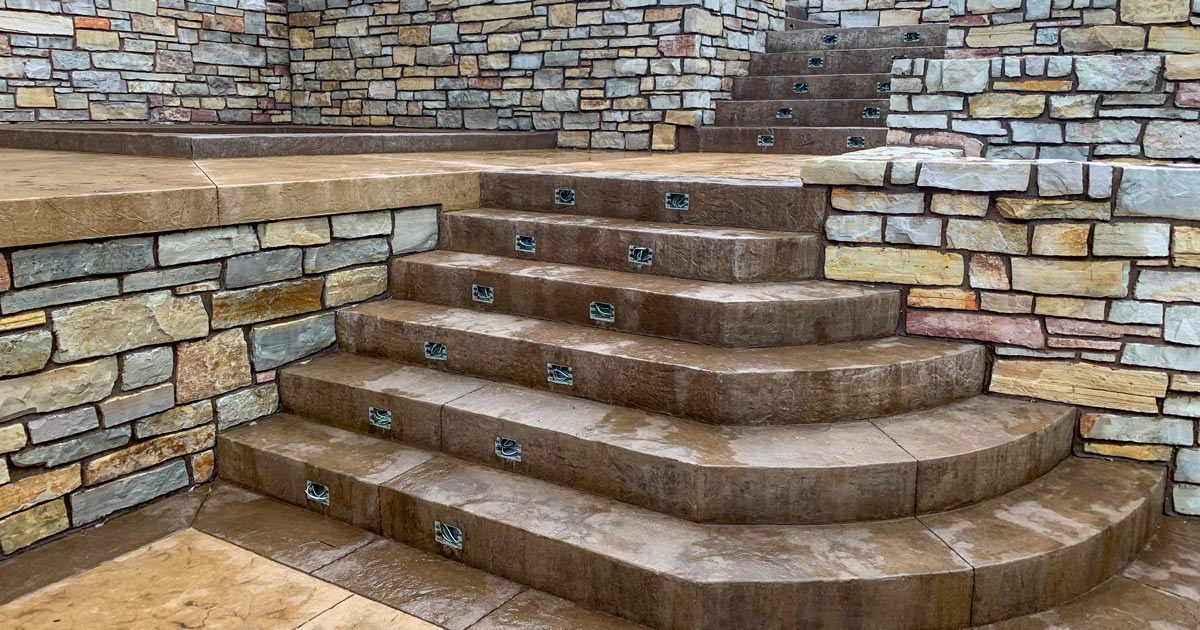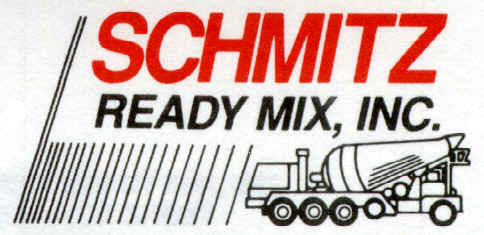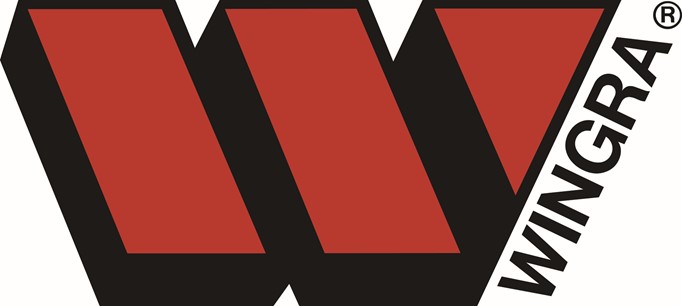Colored & Stamped Concrete
Imagine Christmas Cookies!
It is recommended that you seal your concrete every two to five years, preferably in September, depending on the type of product used. Concrete like any natural material must be protected against freeze-thaw cycles and chemical deicers that are used. As the concrete sealer wears from year to year a new layer of water repellant sealer should be applied to increase the longevity of the concrete surface.
Concrete – strong, durable, flexible, the most versatile building material in the world, and gray. All these descriptive words of concrete are true, but not complete. Concrete is indeed strong and versatile, but it no longer needs to be gray. Architects, landscape designers, and homeowners are reveling in the news that the color of concrete driveways, patios, decks, sidewalks, porches, and more can match any decor. Colored and stamped concrete provides all the wonderful assets of concrete and lets imagination go wild.
The rise in popularity of colored and stamped concrete may be attributed to three key factors – the continuing evolution of stamping tools, the development of a wide variety of colors, and people becoming aware of the possibilities. One small indication of the popularity of colored and stamped concrete in Wisconsin is that the residential decorative category of the Wisconsin Ready Mixed Concrete Association’s Concrete Design Awards has had more entries than any other category. Colored and stamped concrete has also become more popular at the commercial level, to the extent that the WRMCA needed to add a commercial decorative category to their design awards.
Stamping Concrete – Think Christmas Cookies
If one thinks of a concrete slab, still in its plastic state, like cookie dough rolled out and ready to cut, it is easy to understand how skilled contractors stamp concrete. There are three basic types of systems, but the end results are similar, driveways looking like brick pavers, decks that appear to be slate, walkways that appear to be tile.
The roller system works very similar to a rolling pin imprinted with a pattern that is rolled across the concrete. Plastic forms can also be pressed into the concrete which cut outlines similar to brick and cobblestone patterns. The stamping mat forms, gaining quickly in popularity, not only imprint the outline of the patterns, but also provide the texture and “imperfections” to the surface of the concrete, creating a very realistic surface that can imitate slate, stone, wood, and a myriad of other surfaces.
Coloring Concrete – Think Cookies Again
There are two primary ways to color concrete for colored and stamped work. The integral method mixes the coloring agent throughout the concrete, usually mixing it in the ready-mix truck. Generally, the integral method is best for colors that are more muted in nature. Just like adding food coloring to the dough, the effect can be dramatic, but it is difficult to get the more vibrant colors.
The dry shake-on method of coloring concrete applies the color after the concrete is placed, but before it is stamped. The coloring agent is troweled into the surface, and usually colors the top ¼ inch of the slab. These colors tend to be more vibrant than the integral method, similar to sprinkling colored sugar on your favorite cut-out cookies. In addition, since the dry shake-on method usually contains additional cement, this coloring system helps create a very durable and strong surface.
When the stamping mats are used to create the impression, a release agent is used to prevent the concrete from sticking to the stamp (like flour with a cookie cutter). In addition to its practical use, the release agent can also be colored. This will color the impressions and “imperfections” of the design, adding depth and character to the final project. This is frequently how the “grout” color is added on a cobblestone pattern.
Advantages – This Cookie Doesn’t Crumble
While colored and stamped concrete driveways will cost more than a traditional concrete driveway, it usually costs the same or less than the cobblestone, slate, or other material it resembles. In addition, you get the durability and low-maintenance advantages of a concrete driveway. There isn’t the same problem with frost heave that the alternate materials face.
A traditional concrete driveway is a wonderful investment, but a colored and stamped driveway, patio, or walkway may provide that elegant, dramatic look to your new home. Concrete – it’s how ideas get built. For more information on colored and stamped concrete contact your local ready-mix supplier.






